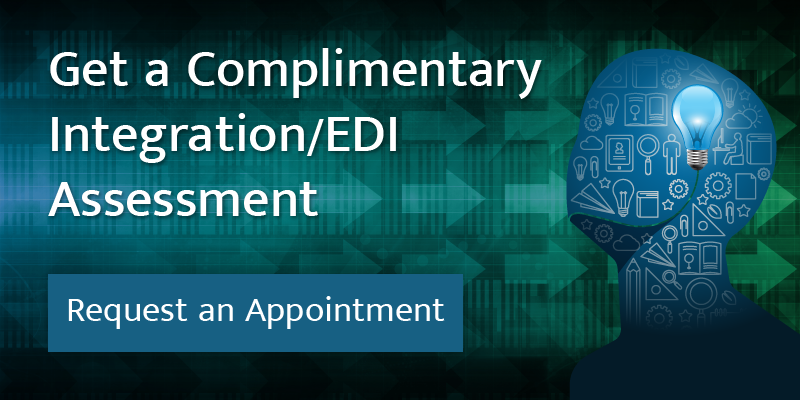When Remedi started as a business twenty years ago, our focus was solely on EDI - integrating data from/to a trading partner from/to a company's business software. EDI software basically did what data integration software does today, but on a limited basis and it was strictly business-to-business. As companies began choosing software packages instead of developing applications in-house, the need for internal data integration grew and software developers answered the need with, what was then called, middleware. These days integration software satisfies the needs of business-to-business and application-to-application data exchange.
While these software packages are traditionally associated with on-premise integration, the emergence of the hybrid cloud has demonstrated another use of this versatile tool.
Technology Business Research defines the hybrid cloud as a cloud infrastructure, platform or application that is composed of two or more clouds (whether private or public) that remain unique, but are integrated by technologies that enable data and application movement (Hybrid Cloud Integration: An Opportunity for IT - baselinemag.com).
There are many reasons why a company may choose a hybrid cloud infrastructure. Some business functions may be less costly to outsource due to their process-oriented nature and ever-changing regulations (payroll), while others are highly customized and critical to the success of your business (customer service) and should be kept in-house.
Whatever the reason for the hybrid cloud approach, the need to integrate the data remains.


